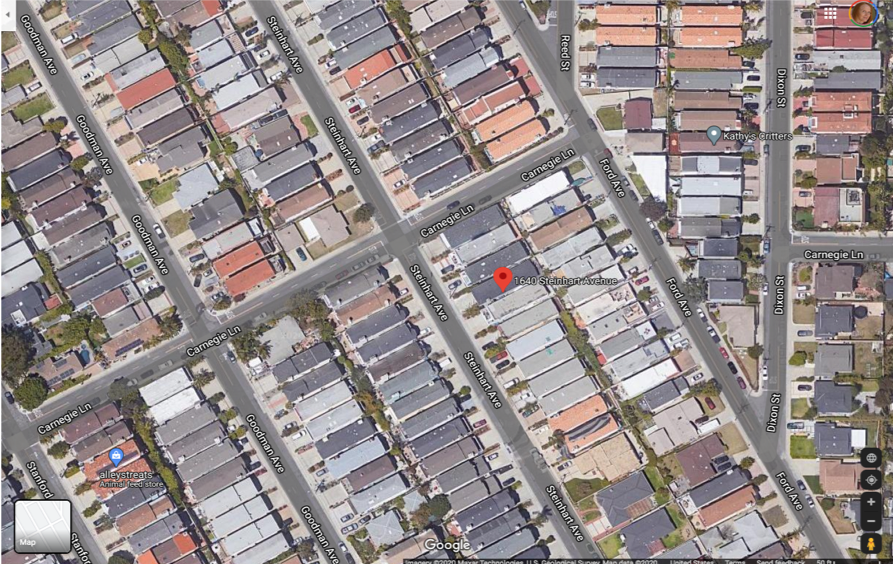By Nick Waranoff, January 20, 2021:
SB 9 Fact Sheet: Understanding the proposed up-zoning law that would end single-family zoning in California
SB 9 would allow 8 units where there is now one lot (one parcel). A city, however, would not be required to approve more than 6 units. Here is how this would happen.
1. SB 9 would add Govt Code section 65852.21 (allowing 2 units on a single parcel in a single-family residential zone [the so-called “duplex” provision, but in reality a “two residential units” provision]) and Govt Code 66411.7 (the lot-split provision).
a.) The two residential units on one parcel provision authorizes two residential units on a single lot in a single-family residential zone.
b.) The lot-split provision authorizes a single lot to be split into two lots of equal size.
c.) An application to do either or both of these is processed ministerially, by right.
d.) There is no requirement for affordable housing and no CEQA review.
2. Under existing law, there is also a right to one Accessory Dwelling Unit and one Junior Accessory Dwelling Unit per parcel (Govt Code 65852.2).
a.) An Accessory Dwelling Unit (ADU) can be attached, or detached from an existing home, or a conversion of an existing space such as a garage. A local agency is prohibited from establishing a maximum size of an ADU of less than 850 square feet, or 1,000 square feet if the ADU contains more than one bedroom. When ADUs are created through the conversion of a garage, carport or covered parking structure, replacement off-street parking spaces cannot be required by the local agency (Gov. Code 65852.2, subd. (a)(1)(D)(xi)).
b.) A Junior Accessory Dwelling Unit (JADU) is allowed to be created within the walls of a proposed or existing single-family residence or garage and shall contain no more than 500 square feet.
c.) A local agency can limit the places within its jurisdiction where ADUs can be located, only based on the adequacy of water and sewer service, and the impacts on traffic flow and public safety, if the agency chooses to pass an ordinance.
d.) “Although cities and counties are mandated to permit ADUs and JADUs, they are not required to adopt ADU and JADU ordinances. However, any city/county that does adopt an ADU ordinance, must submit the ordinance to HCD [California Dept. of Housing and Community Development] within 60 days.”
e.) There is no requirement that an ADU or a JADU be limited to any category of affordable housing.
f.) Here is link to the HCD website. https://hcd.ca.gov/policy-research/accessorydwellingunits.shtml
g.) Here is a link to the HCD Handbook. https://hcd.ca.gov/policy-research/docs/adu-ta-handbook-final.pdf
3. Under SB 9, there are three scenarios that illustrate how many units could be built on one existing lot (parcel):
a.) Scenario One: The “two residential units” provision of SB 9 (sometimes mistakenly called the “duplex” provision, but not limited to “duplexes”) is invoked but not the lot-split provision: The single lot can now have two free-standing houses, two townhouses, or a duplex. There is no requirement as to whether the two residential units be a “duplex,” or attached to each other, or free-standing. In addition, an ADU and a JADU are allowed as of right on the parcel. Total of 4 units: “Two residential units” plus an ADU and a JADU on the single lot.
b.) Scenario Two: The lot-split provision of SB 9 is invoked, but not the “two residential units” provision allowed on each of the two new lots. One lot becomes two lots. Each lot can have one free-standing house or townhouse, PLUS an ADU and a JADU. Total of 6 units: “Two residential units” plus two ADUs and two JADUs, on a single lot that has been halved into two lots.
c.) Scenario Three: Both the lot-split provision and the “two residential units” provision are invoked. One lot becomes two lots. Each lot can have two free-standing houses or townhouses, PLUS each lot is entitled to an ADU and a JADU. Total of 8 units: Four “residential units,” plus two ADUs and two JADUs, on a single lot that has been halved into two lots.
Note regarding Scenario Three: Under SB 9, a city is not required to approve an ADU or a JADU where BOTH the lot-split provision and “two residential units” provision are invoked. So a city could limit this scenario to four housing units on what was formerly one parcel (one lot). See proposed section 65852.21(e), part of the “two residential units” provision, that would provide, “Notwithstanding Section 65852.2 [the existing ADU law referenced above], a local agency shall not be required to permit an accessory dwelling unit on parcels that use both the authority contained within this section [the two residential units section] and the authority contained in Section 66411.7 [the lot-split section]” and proposed section 66411.7(h), part of the proposed split-lot section, that would provide, “Notwithstanding Section 65852.2 [the existing ADU law], a local agency shall not be required to permit an accessory dwelling unit on parcels that use both the authority contained within this section and the authority contained in Section 65852.21 [the two residential units section].

